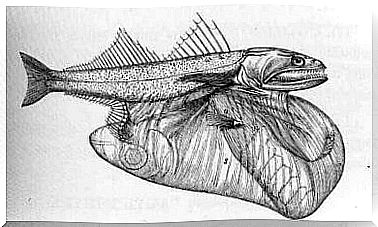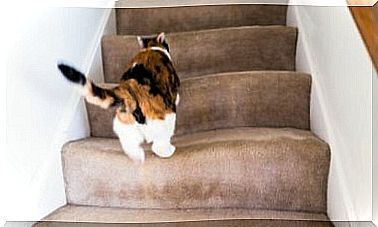Hamster Behavior: Useful Information
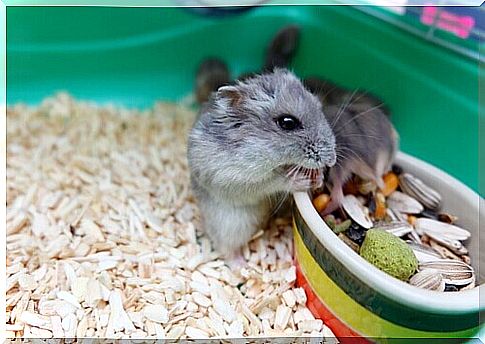
Dogs and cats are the animals most chosen as pets. If we decide to have another animal, we probably unconsciously want it to behave the same way as a dog or a cat. However, each pet has its own behavior. Let’s talk about the behavior of hamsters so that you know a little more about this species.
To understand them, let’s analyze several of their attitudes, to make our understanding easier.
Know the behavior of hamsters
Hamsters are nocturnal animals, which already makes them very different from dogs or cats. Therefore, their behavior is also different. Let’s see what movements these animals make and what they mean.
licks
It may not seem all that common, but yes, hamsters lick themselves. When they do this, they start with the paws and then move on to the rest of the body. Being clean and tidy is very important to them. A hamster that cares about being clean is a safe and happy hamster.
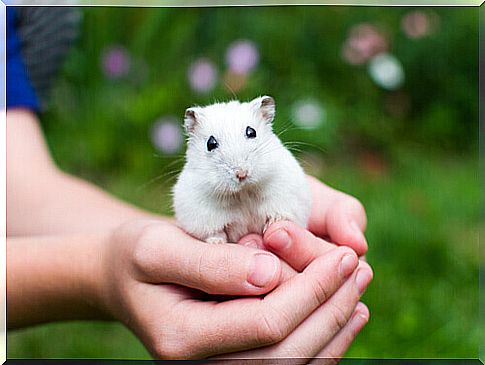
Stretching
Stretching and yawning is one of the most common characteristics of hamster behavior. When he stretches and yawns, it means he is happy and feels very comfortable both where he is and with the people around him.
To sit
When a hamster sits on its hind legs, half standing with its ears pointed, it is listening intently to what you are saying or the sounds around it.
Marking
Hamsters are also territorial animals. They like to mark their space. They have a scented gland that is in the center of the body, more precisely below, in the belly.
That’s why hamsters rub this part of their body on things they want to smell. That way, your territory is marked.
sounds
There are different sounds a hamster makes, like hisses. That means he’s scared because he’s nervous. This is especially true when you arrive in a new place, but it will stop once you get used to the space.
When you rub your teeth, it means you are tired and prefer to be alone. We recommend that you do not take him in your hands when he does this, as it may bite you.
When a hamster hisses, it adopts a cat-like posture. It will bend over, open its mouth and lift its front paws. This will mean that the hamster is very scared or feels threatened.
bite the bars
When a hamster bites the bars of its cage, it’s to get your attention. Usually he will do it at night, when he feels most alone. To prevent him from doing this, put toilet paper between the bars or give him something to chew.
if he bites his paws
It is part of the behavior of hamsters to bite their owner’s hands. They usually do this because there are food scraps in them. So, before you pick it up or pet it, wash your hands thoroughly, especially if you’ve handled food.
Understand that any animal needs time to be domesticated. Be patient.
Other tips for changing hamster behavior
Hamsters tend to run away. If they do, you can put food on different parts of the floor. Of course, remember to be careful when walking so that you don’t accidentally step on your pet.
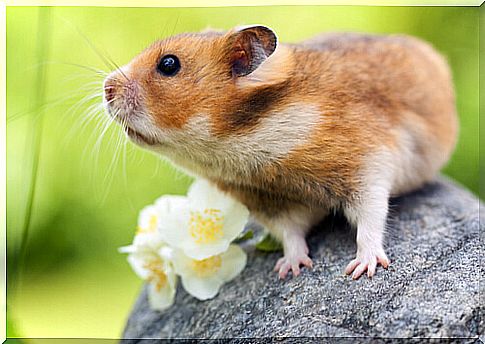
Something that many people wonder about is the possibility of modifying the behavior of hamsters in relation to the toilet. The answer is yes. A rodent can be taught to go to the toilet. One way is to put a hamster toilet in the cage. You can find it at a pet store.
In it, you will have to put dirt and bedding soaked in urine. Put your hamster on top, and nature will do the rest.
As you can see, all animals are different and the behavior of rodents is different from that of other pets. An animal, no matter how much effort its care requires, is a responsibility. Never forget that.





